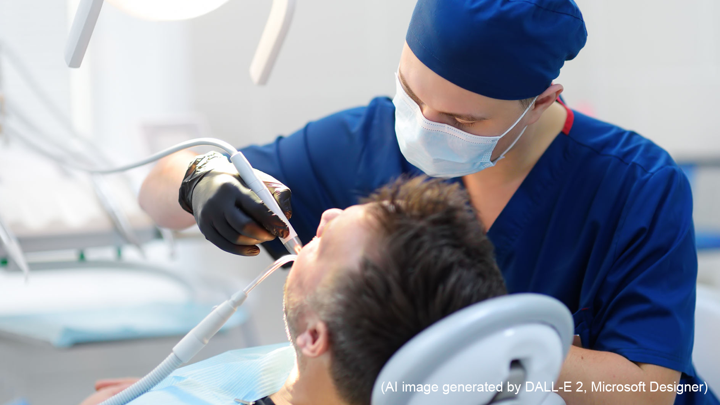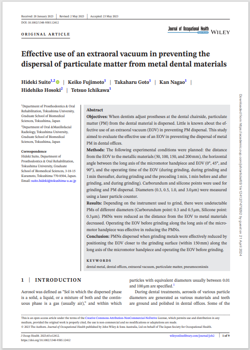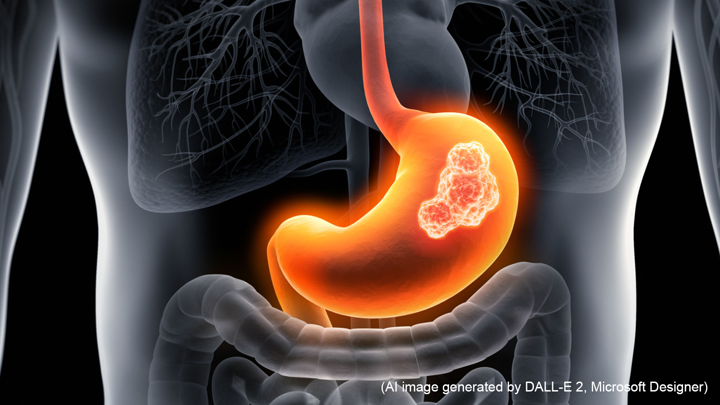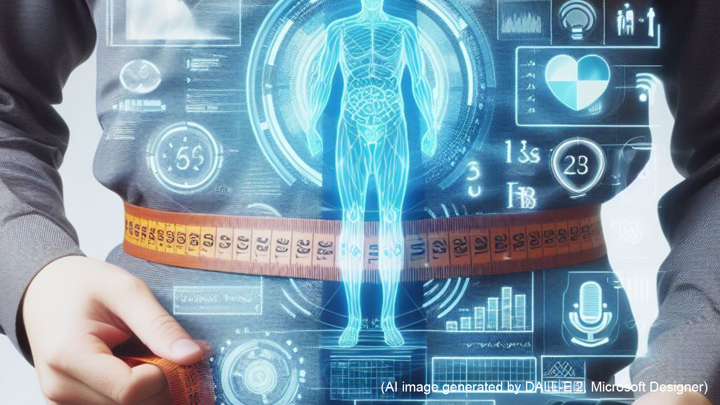#0151 Harnessing Extraoral Vacuum Technology to Safeguard Against Metal Dental Material Particulate Dispersal

Harnessing Extraoral Vacuum Technology to Safeguard Against Metal Dental Material Particulate Dispersal
In the dental chair, adjustments to dental prostheses containing metal materials can inadvertently lead to the partial loss of particulate matter (PM). This occurs due to the interaction of various aerosols, including biological liquids such as saliva and blood, along with solid matter like dental materials themselves.
These processes can impact the health of individuals involved, including both staff, who are reported to be at a higher risk of cardiovascular and respiratory diseases, and patients, who may inhale particulate matter (PM). The dispersion of aerosols during adjustments of prostheses can be long-term. Therefore, the use of extraoral vacuums (EOVs) has been widely promoted in dental offices, and this study investigated the efficacy of their application.
A particle counter with an air inlet was positioned at a 45° angle to the grinding material and 90° angle to the EOV. The distance from the EOV to the metallic materials was set at 50, 100, 150, and 200 mm. A dental micromotor handpiece with carborundum or silicone points was used. The grinding specimens, shaped like plates and measuring 10 × 10 × 35 mm, were made of a cast gold–silver–palladium alloy.
A skilled prosthodontist was trained to perform grinding with a set pressure of 0.49–0.69 N. The grinding surface composed 10 × 10 mm, and the rotational speed was established at 30000 per min. The number of PM particles (PMNs) of six different sizes (0.3, 0.5, 1.0, 3.0, 5.0, and 10.0 μm in diameter) per cubic meter was measured by a laser particle counter 17 times for 10 s at 20-s intervals. After the application of EOV, the PMNs had the highest number at 1 min after grinding and returned to baseline at the end. Some PMs of 0.3 and 0.5 μm were not identified after the use of a carborundum point and those of 0.3 μm were not detected after the application of a silicone point.
As the distance from the EOV to metal materials diminished up to 150 mm, the total decrease in PMNs was observed. Positioning the EOV before grinding along the long axis of the micromotor handpiece was associated with the reduction of PMNs. The use of EOVs is highly effective in clinical practice and can significantly elevate the safety of dental procedures.

Link to the original journal article:
https://academic.oup.com/joh/article/65/1/e12412/7479292
Title of the paper:
Effective use of an extraoral vacuum in preventing the dispersal of particulate matter from metal dental materials
Authors:
Hideki Suito, Keiko Fujimoto, Takaharu Goto, Kan Nagao, Hidehiko Hosoki, Tetsuo Ichikawa




